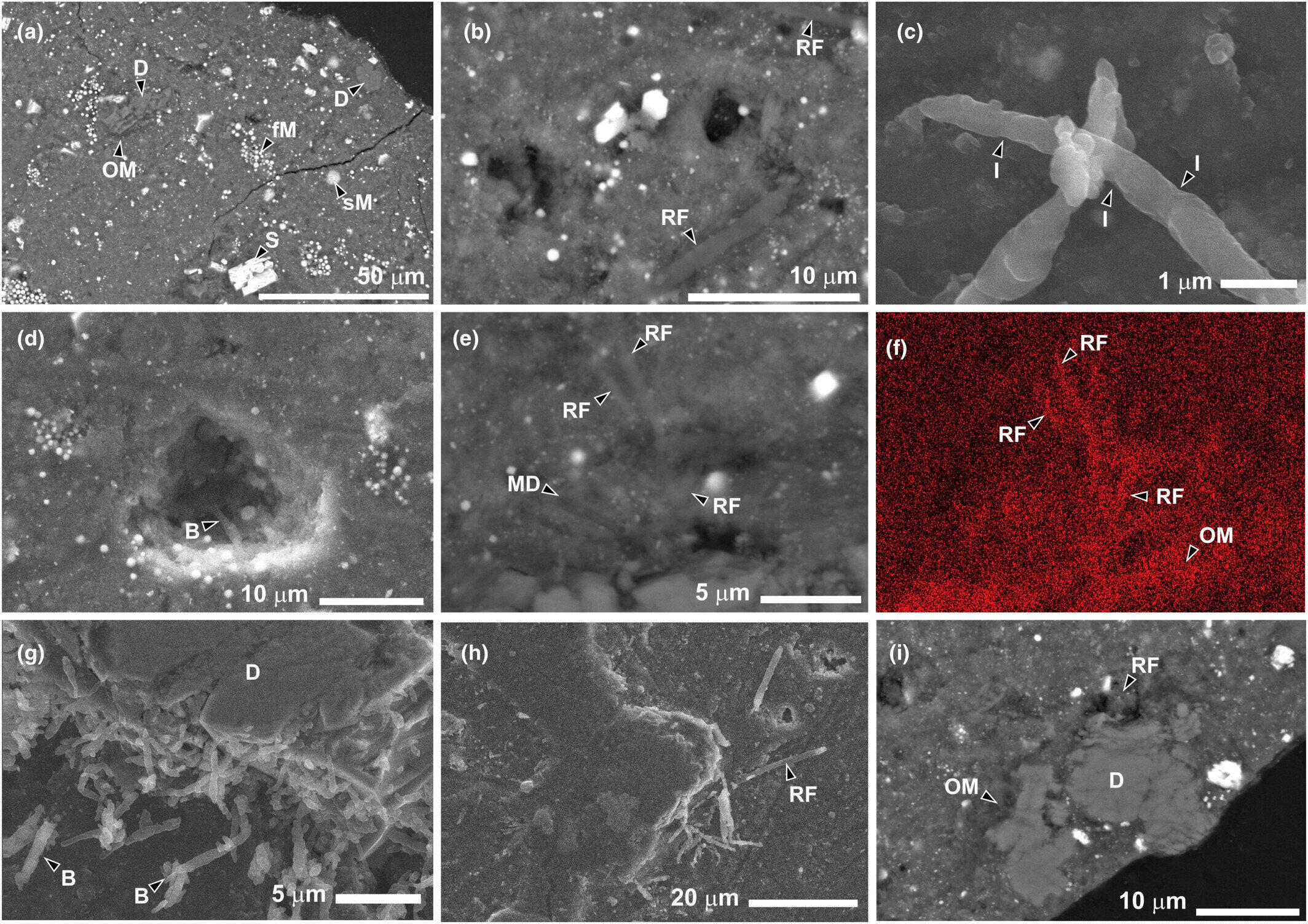- cross-posted to:
- [email protected]
- [email protected]
- cross-posted to:
- [email protected]
- [email protected]
Rods and filaments of organic matter, interpreted as filamentous microorganisms, were observed on the sample’s surface. Variations in size and morphology of these structures resembled known terrestrial microbes. Observations showed that the abundance of these filaments changed over time, suggesting the growth and decline of a prokaryote population with a generation time of 5.2 days.
Population statistics indicate that the microorganisms originated from terrestrial contamination during the sample preparation stage rather than being indigenous to the asteroid.
Results of the study determined that terrestrial biota had rapidly colonized the extraterrestrial material, even under strict contamination control. Researchers recommend enhanced contamination control procedures for future sample-return missions to prevent microbial colonization and ensure the integrity of extraterrestrial samples.
Imagine being the person to contaminate a sample that cost 150 MILLION dollars to get. The jokes would haunt your great grandchildren.
Microbes: “It’s free real estate”


